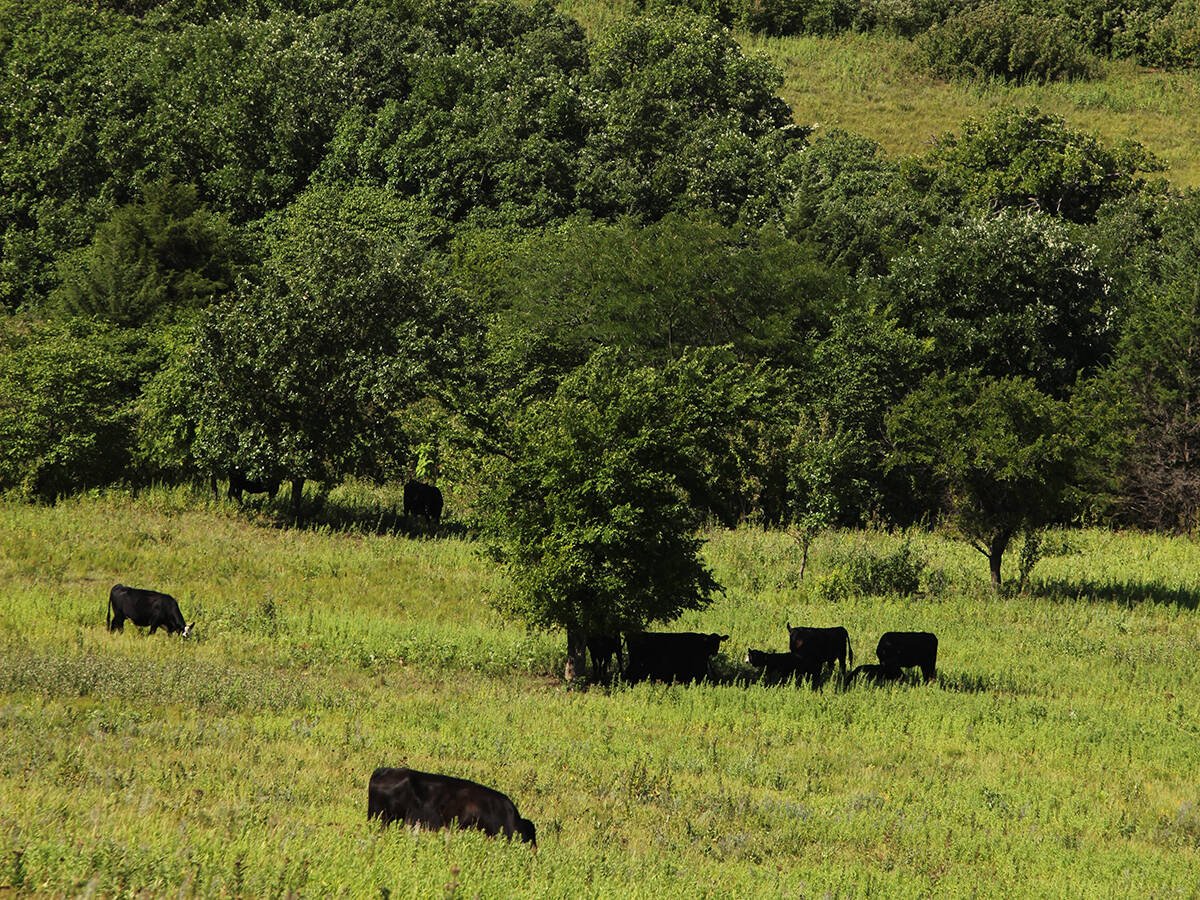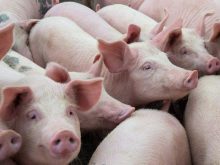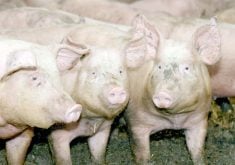An ambitious meat industry plan to make Canadian beef the best in the world is linking producers and processors with science.
The challenge is a simple one. Tough, tasteless meat is a serious issue for North American beef producers because it leads to consumer resistance to the product.
For an industry worried about market share, it is not enough to argue that cooks can use various techniques to improve the quality of a piece of meat in the kitchen.
Meat industry leaders say it is important that tough and dry meat is identified before it gets into someone’s kitchen or onto their plate.
Read Also

Beef cattle more prone to trace mineral deficiencies
The trace mineral status of our cows and calves is a significant challenge for western Canadian producers and veterinarians.
In the pursuit of that goal, researchers and the industry plan to use tools as diverse as computers and science, better record-keeping and packing plant techniques.
The development of computer software that measures tissue softness, tenderness and marbling should take the meat industry a step closer to separating the good from the bad carcasses on the kill floor.
“In the long run it stands to make the Canadian beef industry much more competitive where we’re in a position where we can actively predict our tenderness levels,” said Kathy Keeler of the Beef Information Centre.
Chicken sets the standard
Keeler said taste and tenderness is a subjective thing. More research is needed to define what consumers find acceptable.
“Chicken has set the standard for delivering a pretty reliable standard of tenderness,” she said.
Steve Morgan Jones, head of the Lacombe Research Station, said no single factor determines meat tenderness.
Genetics, how the animal was raised, stress prior to slaughter and how the animal is handled post-mortem contribute to the kind of meat that is ultimately produced. If science can determine which carcass has inferior eating qualities, it can be sent for further processing before it hits the retail shelf.
The Beef Information Centre, Canadian Cattlemen’s Association and the Canadian Meat Council already have made heavy investments of time and money in the pursuit of improved meat quality using scientific measurements, said David Proulx of the meat council.
One initiative receiving a lot of attention is the connective tissue probe developed by Howard Swatland at Ontario’s University of Guelph animal science department. Connective tissues, or collagen, are protein fibre threads which hold meat together in the body and which can appear as gristle or cause toughness.
Using fibre optics, Swatland invented a hypodermic probe for live animals and another probe for carcasses. He currently is analyzing information gathered on 219 carcasses.
Denmark, which could find some application for the probe technique in its hog industry, offered some financial support. Money for the project also came from the Ontario Cattlemen’s Association.
Connective tissue a factor
Collagen is believed to be one factor in the tough meat dilemma.
Connected to a computer, the probe measures the amount of connective tissue in meat. Readouts indicating how much physical resistance is present when force is applied to the tissue are delivered in seconds.
“It measures the stringy bits,” said Swatland. “Some of them are microscopic and it makes meat tough.”
He thinks 25 to 45 percent of meat is tough because of a high degree of connective tissue in animal muscle.
Remaining toughness could be due to improper aging or cooling at the packing plant.
Meat scientists say beef should be aged 10 days to 14 days to make it more palatable. Cold toughening occurs because fat is an insulator and under rapid chilling techniques, exterior muscles can toughen if a carcass is very lean.
“One day, everybody will get smart and wake up and specify that you shouldn’t do this,” he said. “Then all that will be left will be the connective tissue. They’ll want some way to go back and look at the breeding stock and shoot the ones that are causing the tough meat.”
Swatland foresees some resistance from cattle producers if the reputation of breeds they have been promoting for productivity qualities are undermined because it is found they are prone to toughness.
Yet, there is some evidence that the problem is partly genetic, he said.
“The long-range strategy is to get rid of the animals that cause the problems genetically on a breed basis across the whole country faster than the Americans can do it,” said Swatland.
At the cellular level, a palatability study is under way at Colorado State University and on ranches in Utah, Wyoming, Nebraska and Florida.
They hope blood tests from three different types of cattle will produce the gene that carries calpastatin, an enzyme known to inhibit the aging process, making meat tough. They want to see if bulls with high levels of calpastatin pass that trait onto their calves.
Cellular investigations also are being conducted at Lacombe, Alta.
Knowing where the animal came from is another step.
Denmark already has an organized system that records breeding programs, genetics, nutrition and origin of each animal that enters a slaughterhouse.
Tracing Canadian animals through a similar system will be aided by the formation of Canada Beef Improvement in Calgary, whose long-term goal is genetic improvement.
“There’s no point in coming out with these tenderness probes and all these types of things if you have no idea where that animal came from,” said CBI research coordinator Julie Stitt.
The CBI is being formed by cattle producer organizations to handle record-keeping functions that are being moved from Agriculture Canada to the private sector. It will co-ordinate privatized genetic improvement and evaluation services like record of performance and expected progeny differences programs, as well as a standardized system for measuring cattle.
A second target is to co-ordinate an individual animal-tracking system that ties in the entire market chain, said Stitt.
The goal is to develop a national data base for carcass information and identification of individuals. Data is already collected from across the country among purebred and commercial producers, packers and retail.
“Hopefully a packer can look at this information and determine what type of animals he’s getting and source animals easier because he’ll be able to identify which animals produce quality for him,” said Stitt.
Another project involves video imaging technology.
Combining ultrasound and computer technology, this program gives a better and more objective grade and truer lean meat yield measure.
Such a machine can ultimately replace Agriculture Canada graders by doing a faster and more consistent job than humans, say industry officials.
Morgan Jones, who heads the project, hopes this kind of extensive information gets back to producers and rewards them accordingly – either with premiums or corresponding penalties for carcasses that don’t meet the standards.
Tests were conducted on 10,000 head at Cargill Foods in High River, Alta., earlier this year. The resulting information is now being analyzed.















